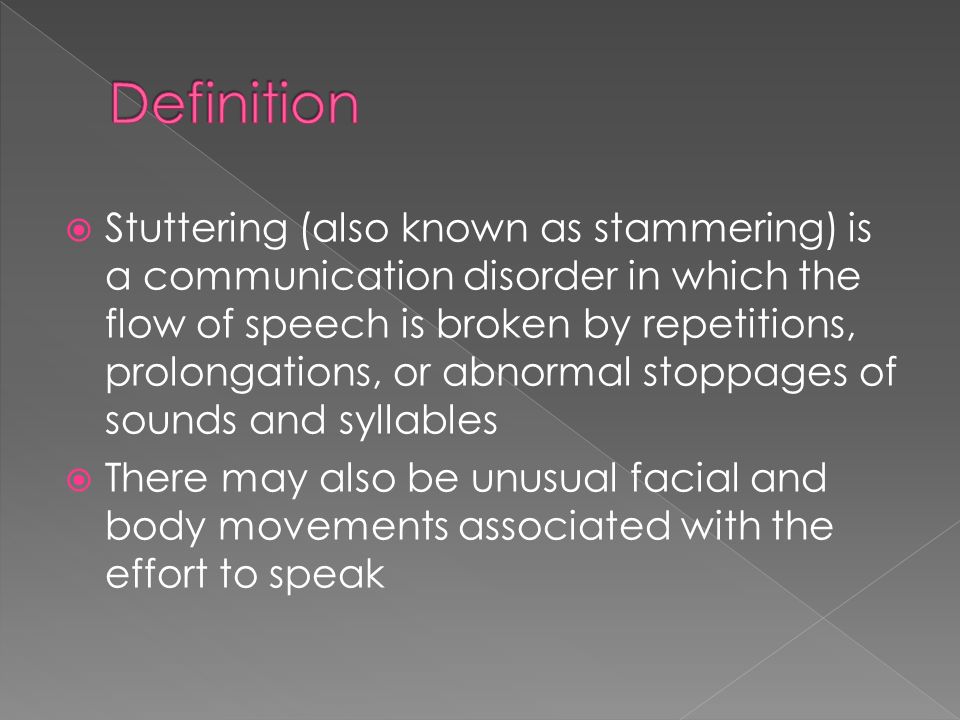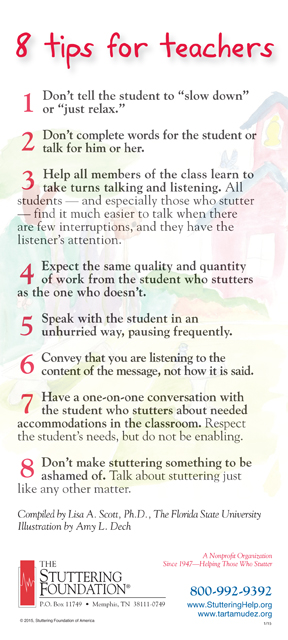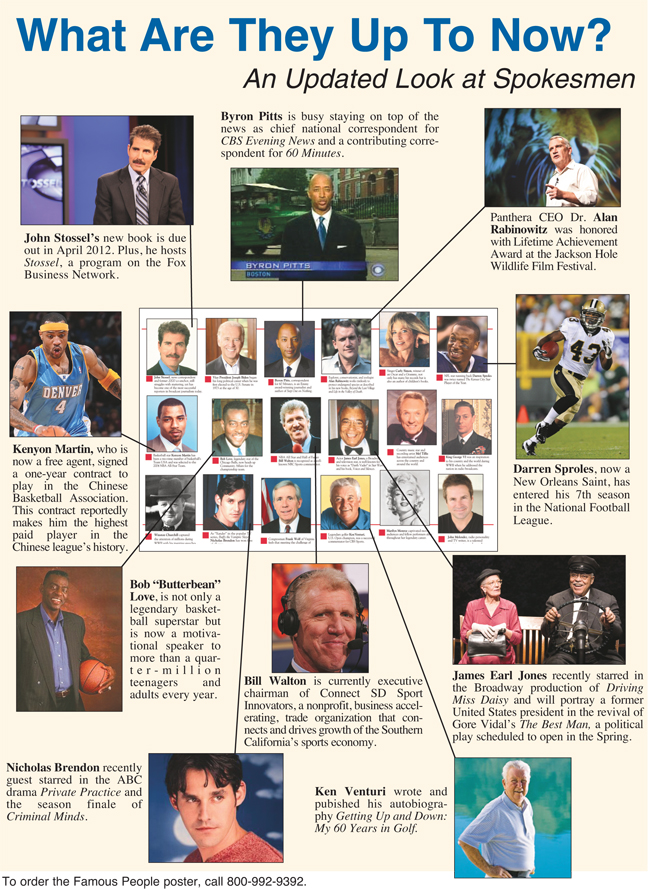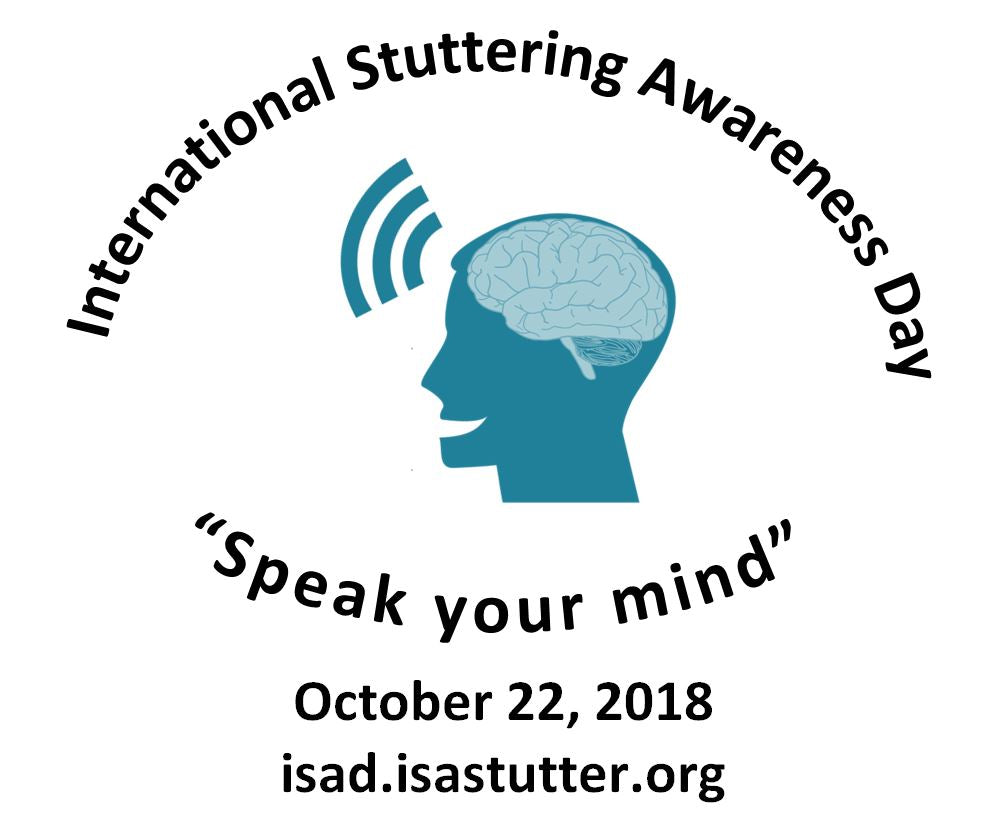
What is stuttering
Definition and Characteristics
What is stuttering? It’s often characterized by disruptions in speech, known as disfluencies. These may include:
- Repetitions (e.g., “I w-w-want to go”)
- Prolongations (e.g., “I want to ssssspeak”)
- Blocks (e.g., silent pauses during speech)
Stuttering may also come with physical tension and anxiety while speaking, making conversations challenging.
Prevalence and Impact
Stuttering affects about 1% of the population, making it more common than you might think!
- Typically begins in childhood
- Can persist into adulthood for some individuals
The impact can be profound, influencing self-esteem, social interactions, and educational opportunities. Sharing struggles with family or attending support groups may alleviate some challenges. Awareness and resources are available to foster understanding and support for those who stutter.

Causes of Stuttering
Genetic Factors
Isn’t it fascinating how genetics can influence speech? Research shows that stuttering often runs in families. If someone in your family stutters, there’s a higher chance you might too! Genetic factors may include:
- Specific genes linked to speech and language
- Family history suggesting hereditary patterns
Understanding this can be comforting, knowing it’s not solely tied to personal effort or willpower.
Neurological Factors
Neuroscience plays a crucial role in stuttering, shining a light on brain function. Studies reveal that:
- Individuals who stutter often show differences in brain structure and function
- Communication between brain regions involved in speech may be less effective
This highlights how stuttering is not just a behavioral issue but also deeply rooted in how our brains process language.

Types of Stuttering
Developmental Stuttering
When we think about stuttering, developmental stuttering often comes to mind. This type typically emerges in childhood as children acquire language skills. Key characteristics include:
- Occurs most frequently between ages 2 and 5
- Sometimes resolves on its own as kids grow
- Children may display repetitions, blocks, or prolongations
I remember noticing my cousin struggle a bit while learning to speak. Thankfully, with time and practice, he improved!
Neurogenic Stuttering
On the other hand, neurogenic stuttering often develops later in life due to neurological conditions. Some important points include:
- Linked to brain injuries or medical conditions
- Can happen suddenly or gradually after a trauma or stroke
- Speech may be more consistent, often affecting adults
Understanding the different types of stuttering helps us tailor approaches for support and treatment!

Diagnosis of Stuttering
Assessment and Screening
Getting a proper diagnosis of stuttering is crucial! It often begins with an assessment and screening process involving various methods to gather information. This can include:
- Questionnaires about speech patterns and family history
- Observational assessments during conversation
- Rating scales to gauge severity
I recall my friend describing how they felt during their initial screening, emphasizing the importance of understanding their specific challenges.
SLP Evaluation
Following the initial screening, a Speech-Language Pathologist (SLP) conducts a more in-depth evaluation. They focus on:
- Analyzing speech samples during casual conversation
- Evaluating the emotional impact of stuttering
- Providing recommendations for therapy options
This comprehensive evaluation helps create personalized strategies, turning the daunting experience of diagnosis into a supportive journey!
Treatment Options for Stuttering
Speech Therapy
When it comes to treating stuttering, speech therapy is often the first line of defense. Working with a therapist can be empowering, as it provides tailored strategies to improve fluency. Key techniques include:
- Pacing and breathing exercises to promote smoother speech
- Cognitive-behavioral approaches to address anxiety linked to speaking
- Practice through role-play to build confidence in social situations
I remember when a friend shared how speech therapy transformed their speaking skills, helping them feel more at ease.
Medications and Devices
In some cases, medications or devices might complement therapy. While there’s no specific drug to cure stuttering, some prescriptions can help reduce anxiety. Additionally, people might explore:
- Electronic devices that provide auditory feedback
- Apps designed for speech practice to encourage consistent use
Treating stuttering often involves a mix of these options, creating a supportive approach for individuals on their journey!

Tips for Managing Stuttering
Pacing and Breathing Techniques
Managing stuttering often involves practical strategies, such as pacing and breathing techniques. These methods can make speaking feel less overwhelming. Here are some helpful tips:
- Take a pause after each sentence to regroup and breathe
- Practice deep breathing exercises to reduce anxiety before speaking
- Use a metronome app to maintain a steady rhythm while talking
I remember how a classmate shared that simply slowing down helped make conversations more manageable!
Support Groups and Counseling
Finding community support can also be beneficial. Joining support groups or seeking counseling offers connection and encouragement. Consider:
- Local or online support groups where you can share experiences
- Counselors specializing in speech issues to address underlying concerns
- Workshops that focus on public speaking and confidence-building
These resources not only foster understanding but also empower individuals to navigate their journey with stuttering more effectively!

Myths and Facts About Stuttering
Common Misconceptions
When it comes to stuttering, many myths circulate that can perpetuate misunderstanding. Let’s clear the air with some common misconceptions:
- Myth: Stuttering is caused by nervousness.
- Fact: While anxiety can worsen stuttering, it is not the root cause.
- Myth: People who stutter are less intelligent.
- Fact: Intelligence has nothing to do with speech fluency!
I recall a friend feeling judged in school, but recognizing these myths can help foster empathy.
Debunking Stereotypes
It’s also crucial to challenge stereotypes about people who stutter. We often hear generalizations that don’t reflect reality, such as:
- Stereotype: All people who stutter are shy.
- Truth: Many are outgoing and articulate in other ways!
By debunking these stereotypes, we encourage acceptance and understanding, creating a more inclusive environment for those who stutter!

Famous Individuals Who Stuttered
Historical Figures
Stuttering has touched many lives, including some remarkable historical figures! For instance:
- Winston Churchill: The British Prime Minister, known for his powerful speeches, faced stuttering throughout his life. His determination transformed his speech into a symbol of resilience.
- Marcus Tullius Cicero: This famous Roman orator and statesman also struggled with stuttering, proving that even the greats face communication challenges.
Hearing about their journeys can inspire those who stutter today!
Modern Celebrities
In contemporary culture, many celebrities openly share their experiences with stuttering:
- Emily Blunt: The acclaimed actress overcame her speech challenges and encourages others with her story.
- Samuel L. Jackson: Known for his commanding presence, he has spoken about his journey with stuttering, emphasizing perseverance.
These individuals shine as reminders that success is possible, regardless of speaking difficulties!
Stuttering Awareness and Advocacy
Organizations and Campaigns
To foster stuttering awareness, numerous organizations and campaigns work tirelessly. Groups like:
- The Stuttering Foundation: Offers resources and support for individuals who stutter and their families.
- National Stuttering Association (NSA): Promotes community and understanding through educational programs and support groups.
These organizations play a key role in raising awareness, providing tools, and creating connections among those affected.
Spreading Understanding and Acceptance
Advocacy isn’t just about resources—it’s also about spreading understanding. Local events, workshops, and social media campaigns aim to educate the public on stuttering. Some effective strategies include:
- Hosting awareness days, like World Stuttering Awareness Day
- Engaging in community talks to share personal stories
Sharing experiences not only builds acceptance but also empowers those who stutter, reinforcing that they are not alone in their journey.
